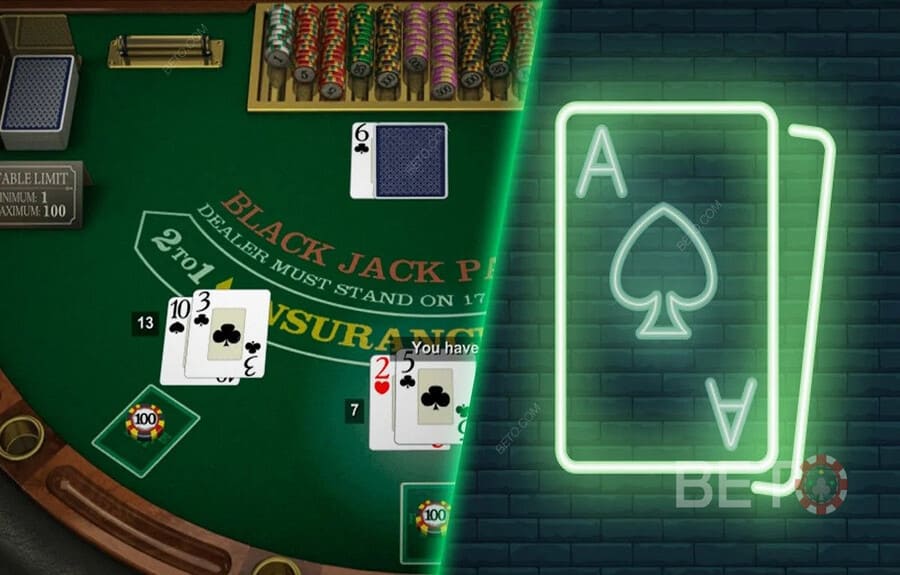아이폰15 프로 전격 출시
아이폰15 프로 출시 2023년 iPhone15 Pro의 새로운 이벤트가 열렸습니다. 한국 시각 9월 13일 새벽, 현지 시각, 9월 12일 애플은 미국 쿠퍼티노에서 ‘애플 이벤트 2023’을 진행했습니다. 이번 행사에서 애플은 스마트폰과 스마트 시계의 새로운 제품과과 친환경 정책을 발표하였습니다. 애플의 또 다른 혁시의 서막이 시작 된 것입니다. iPhone15에 이어, iPhone15 프로와 iPhone15 Pro...


















